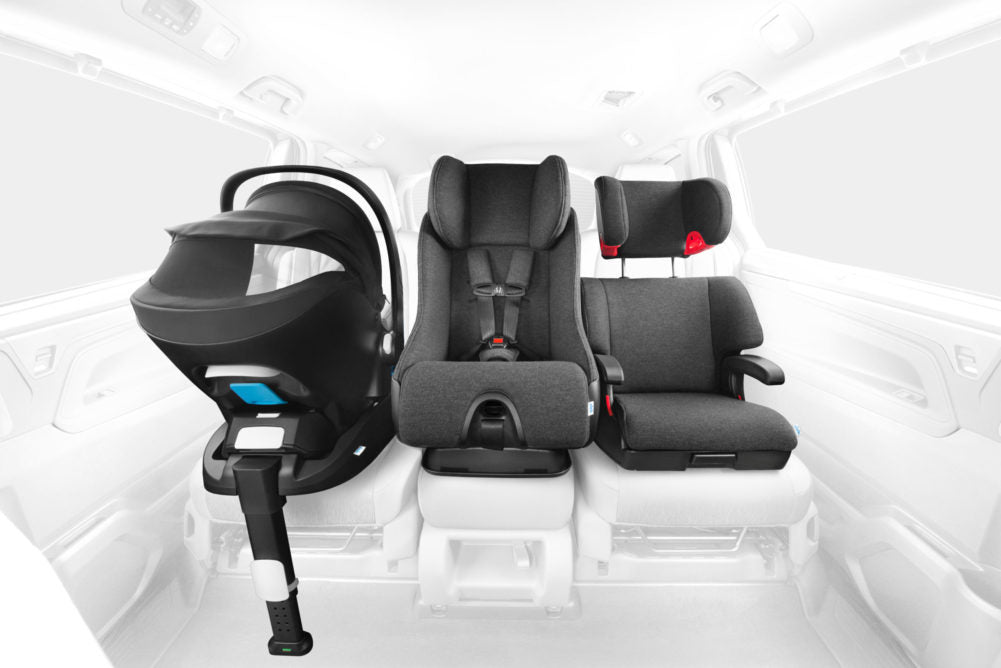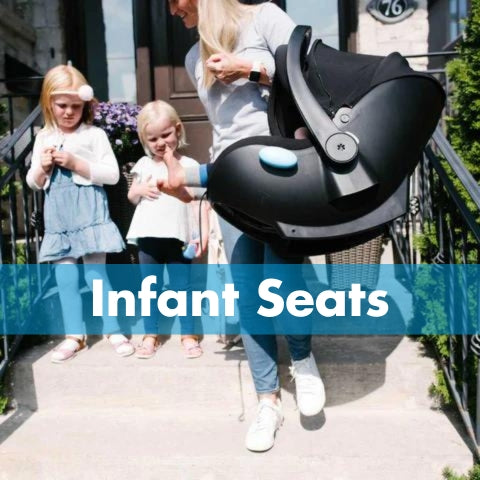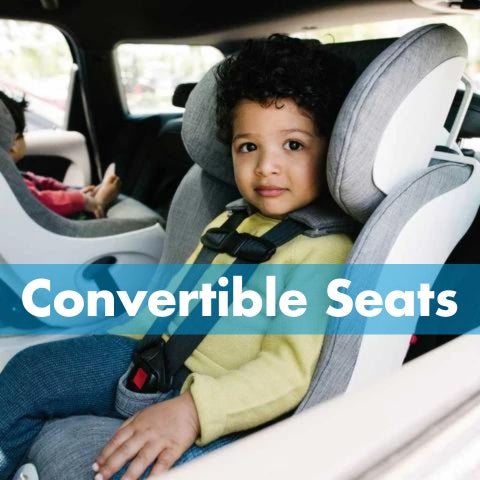Pop quiz time! 📝
What’s something many growing families may have to deal with at some point that can cause headaches, flop-sweat, muscle soreness, and may or may not involve copious amounts of profanity (earmuffs, children)?
If you guessed trying to fit car seats 3-across, chances are you’ve been down this road before!
If you’re at all familiar with Clek, then you’re probably already aware that our seats are designed with 3-across fit in mind. You might think that just means making the car seats narrow enough to physically fit in your back seat, but there’s a lot more to it than that. But as much as we strive to design our seats to be as 3-across friendly as possible, the truth is that a successful fit will depend on a wide number of variables.
Just like our kids, vehicle interiors come in all shapes and sizes. Throw in some consistently inconsistent features like the design and location of belt buckles and LATCH anchors, the availability of top tether anchors, and the presence of any splits/dips/raised sections or other unique features of some vehicle seats to really make it as confusing as possible for parents.
The good news is that some of you may already own vehicles that are so conducive to fitting 3-across (especially when it comes to Clek seats!) that you won’t break a sweat any more than with most standard installations. We call those people the lucky ones. Others can definitely require a little more finagling, combined with a lot of trial and error.

While there’s no sure-fire way to get the best 3-across fit in all cases, here are few good tips to keep in mind:
- It’s often best to start with the middle seat. It’s also good to know that placing a rear-facing seat in the middle with forward-facing seats in the outboards tends to maximize the use of space. That’s because a forward-facing seat can usually be positioned a bit closer to the door if the vehicle seat back is contoured.
- Logistics matter! For example, does it make more sense to keep an infant carrier in an outboard position for easier loading/unloading? Would placing a forward-facing seat in the middle mean your kiddo has to constantly climb over or under other car seats? Does one of your littles get car sick when looking out the side windows? All of these things and more can help you trim down the potential combinations.
- In conjunction with the above point, take some time to consider which vehicle position will provide each child with the best protection possible. The safest seating position for each rider varies due to factors, like age, weight, height, type of car seat, type of seat belt, etc. With multiple kiddos, it's often recommended to place the child needing the most protection (typically the youngest) in the center. But even if it’s not possible to fit 3-across in whatever the ultimate setup is for your situation, this may at the very least eliminate some less-than-ideal configurations.
- Plan to use seat belts for all installations -- and that includes boosters! Using LATCH will center the car seat in the seating position and likely take up more space than it needs to. If you’re lucky, 3-across with LATCH installations can be done in certain cases, but they’re usually few and far between. In those cases, it can actually even help if your seat features a 60-40 split since it may space the seats out differently.
- It’s not uncommon for a seat installed in the middle position to obstruct an outboard seat’s belt buckle stalk. If that’s the case, you can save yourself some trouble by routing the belt through the outboard car seat and buckling it in before starting to install a seat in the middle. On a related note, it’s also a good idea to ensure that any booster-riders have sufficient space to buckle and unbuckle the seat belt.
- Consider top tether anchor availability and placement! Since a forward-facing seat should always use a top tether, that may eliminate some unusable positions for any front-facing riders in your back seat.
- Since chances are it’s going to be a tighter fit, always make sure that a seat is securely installed independently, without bracing or pushing into one another, before moving onto the next. The last thing you want to do after all that work is having to uninstall and re-install multiple car seats just to make an adjustment to one of them.
- Lastly, if your back seat features a belt overlap, then sad to say that 3-across may simply not be possible in your vehicle. Even if the seats might fit, overlapping belts is a major car seat no-no. Car seats should NEVER be installed side by side with overlapping belts!
If you’re trying out your own 3-across experiment, just remember that these tips and recommendations aren’t going to apply every single time. What works in one car may not in another. Though it might mean a bit more of a workout, don’t be afraid to try different things and configurations to find what works best for you, your family, and your vehicle.
And if all else fails, reach out to a local tech! CPST's will be able to work with you and help provide education and recommendations for your particular needs, taking all passengers (front and rear) into account.




